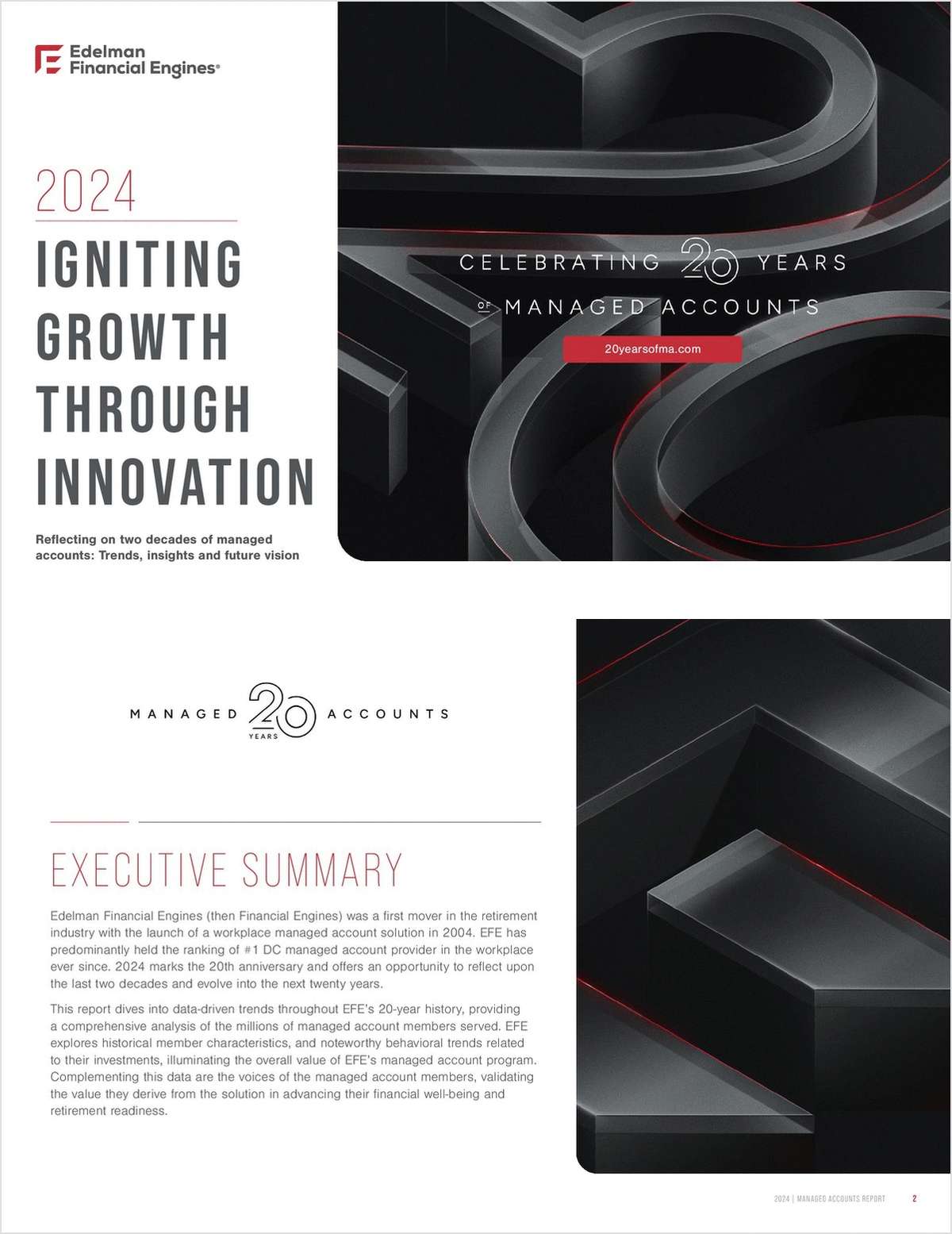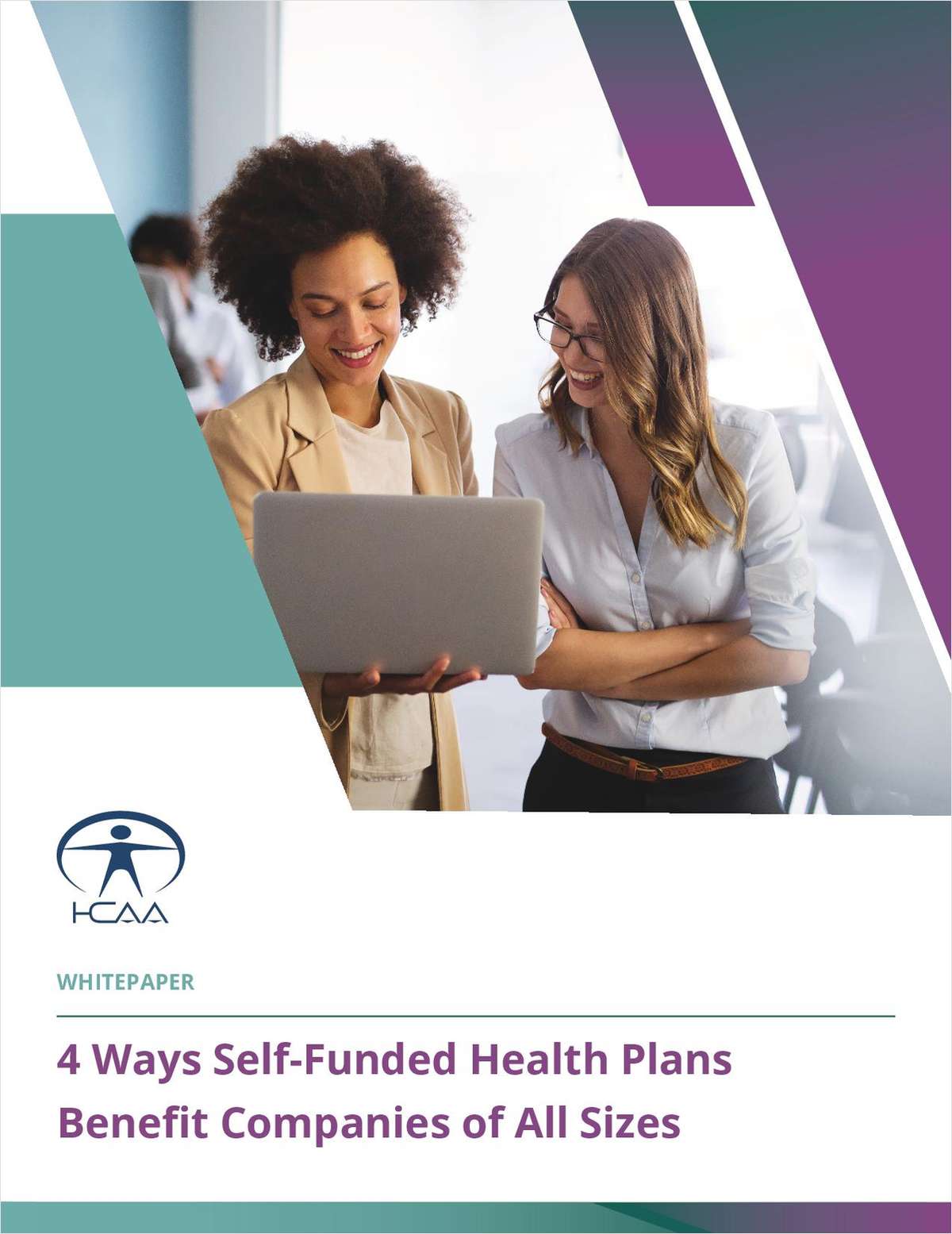 People around the world had a difficult 2020, but within the corporate setting, perhaps no one experienced a more trying year than those in human resources. Whether it was quickly moving employees to telework in the early stages of the pandemic, answering health insurance questions from those affected by COVID-19, or working to internally communicate fast-changing policies and procedures, HR professionals have often been the glue holding businesses together as we all ride the rollercoaster of the impacts of COVID-19.
People around the world had a difficult 2020, but within the corporate setting, perhaps no one experienced a more trying year than those in human resources. Whether it was quickly moving employees to telework in the early stages of the pandemic, answering health insurance questions from those affected by COVID-19, or working to internally communicate fast-changing policies and procedures, HR professionals have often been the glue holding businesses together as we all ride the rollercoaster of the impacts of COVID-19.
On a more positive note, things are likely to continue to get better in 2021. So how can benefits advisors help their clients ensure that their 2021 is easier than their 2020? One place to begin is by making one of the most difficult tasks that HR departments take on less stressful: managing employee health benefits. Consider the following to make your employer clients' jobs easier in 2021.
Lean on your benefits administration partner –TPA or carrier
Your benefits administration partner should strive to be just that, a partner, not only to you as a benefits professional, but also to your clients and their employees as consumers.
Continue Reading for Free
Register and gain access to:
- Breaking benefits news and analysis, on-site and via our newsletters and custom alerts
- Educational webcasts, white papers, and ebooks from industry thought leaders
- Critical converage of the property casualty insurance and financial advisory markets on our other ALM sites, PropertyCasualty360 and ThinkAdvisor
Already have an account? Sign In Now
© 2024 ALM Global, LLC, All Rights Reserved. Request academic re-use from www.copyright.com. All other uses, submit a request to [email protected]. For more information visit Asset & Logo Licensing.








